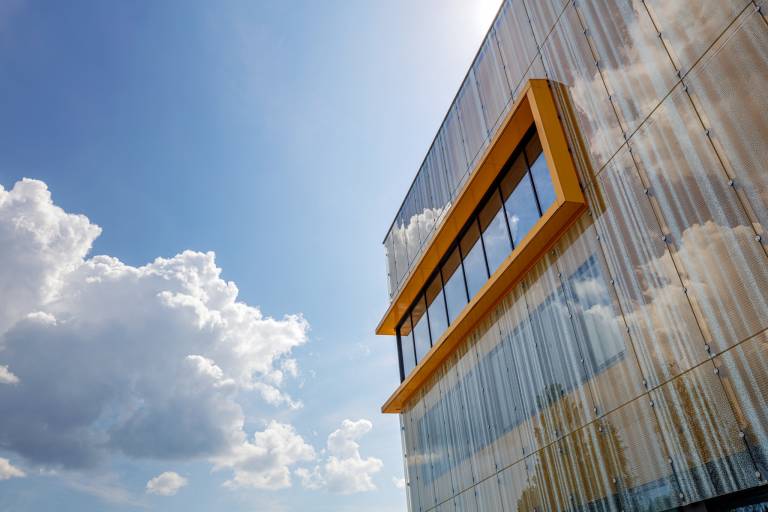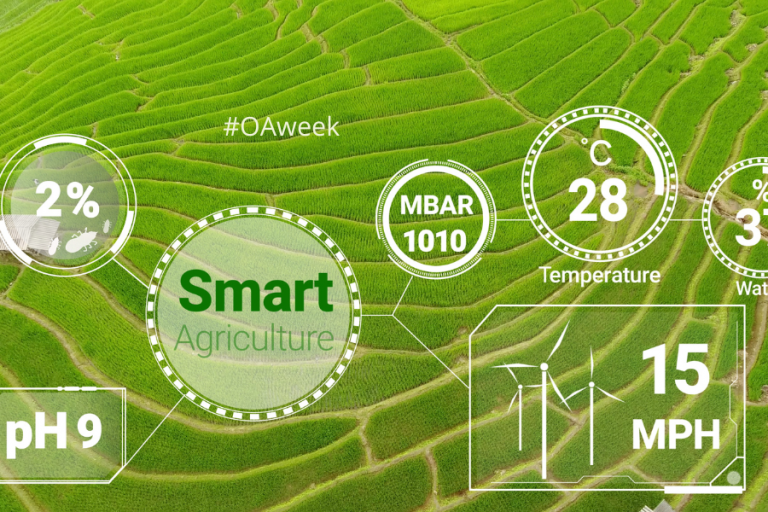One concrete way to enhance open science is to use the Creative Commons -license. Nowadays, making choice of licenses is part of researchers’ and research managers’ tasks. Many funders also require the use of CC license. According to the copyright law, the final decision on the later use of a piece lies with the creator. Yet, the choice of the proper license is not always simply or even deliberate. Besides, the material in question alternates from text to music and you can open research publications, but also data and learning materials. To discuss topical issues and to share information, Tampere University organized a webinar on CC licensing on the 1st of September.
One of Finland’s most prominent experts of open access publishing and executive director of Open Knowledge Finland, Tarmo Toikkanen gave a lecture in the webinar. Toikkanen outlined the challenging goal for openness based on Declaration for Open Science and Research by The Finnish research community. According to the Declaration, all new scientific publications should be openly available without embargos and paywalls in 2022. University of Tampere has signed the Declaration as well.
Toikkanen also emphasized the rights of researchers as employees. That is why professional organizations, such as The Finnish Union for University Researchers and Teachers, were involved in the work of the Declaration.
“Creative Commons is permanent, irrevocable permission for the whole world, including other planets”
The openness of publications is regulated by Creative Commons licenses. They are easy and free to utilize: you only add the appropriate CC license to your publication.
There are four primary CC licenses: CC by, CC by-nc, CC by-nd and CC by-sa, as well as some derived licenses, like CC by-nc-nd. Learn more.
CC by lets others distribute, remix, adapt and build upon your work, even commercially, as long as they credit you for the original work. CC by-nc denies commercial distribution and use. CC by-nd denies the adaptation of a publication. CC by-sa lets others distribute and adapt your work as long as they credit you and license their new creation under the identical terms.
Tarmo Toikkanen recommended the use of licenses CC by or CC by-sa because they are genuinely open licenses. To deny commercial distribution could be problematic when you, for example, would like to distribute an article in the connection of non-free further education. You should also remember that popular research forums ResearchGate and Academia.edu are commercial.
Licenses in university community
The legal counsel of Tampere University, Miisa Karjalainen, highlighted the views of university and research community when choosing the proper license for your research publication. Tampere University does not recommend one specific license to be used. This is due to the variety of research data and end-products within different disciplines. It is difficult to instruct on a license in beforehand or just naming one over others. The decision is, rather, to be made by the researcher relying on his/her knowledge of a certain research field, on university’s general instructions and on the requirements of funders.
How to assess the use of license within the research process then? It is important to take the license matters into consideration in good time. Often this means that you as a researcher write a data management plan (DMP) or a publication plan. You should also check the funding decision and the publishing contract. Keep in mind that if the work has multiple authors, it is necessary to have a consensus on the use of the publication. That is, all authors should give a permission. In addition, you should consider what is opened: the end-product or, perhaps, also progress reports.
It is beneficial for both, the university and the researchers, if they agree on the use of CC license. It will join the interests of both, and further, the parties can then put the energy into research work. Toikkanen also highlighted that the use of licenses requires the allocation of resources. A researcher must have time and space to implement the openness in practice, like to modify the teaching materials to a published form.
In the end, the Head of library’s open science unit Susanna Nykyri reminded us that the self-archiving of publications is still very important. The publication archive of the university guarantees the long-time deposit of publications when unfortunately, open access journals seem sometimes to disappear from the Internet.



